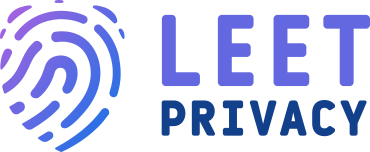WiFi is the most commonly used way to connect internet-capable devices to the World Wide Web. Because of that, you should be concerned about the safety of the networks that you use both at home or the office, and in public. Having a WiFi network with compromised privacy settings means that your personal information, including location, passwords, and other data is exposed to potential threats.
If you get a Privacy warning message when you sign on to a wireless network means that something in the security configuration of the network isn’t right. You should address and fix that issue right away if you want to continue browsing and using web services safely.
What Does the Privacy Warning Message Mean?
Privacy Warning WiFi is quite important feature implemented in all wireless hotspots that are currently operational across the internet. The network sends the signal to newly connected devices when there are security issues with the WiFi. The purpose of the warning is to alert users that their passwords and other personal data are not properly protected. The message usually appears as a pop-up in the lower right corner of Windows laptops and desktop machines. You will receive a notification in the notifications bar of your Android device or iPhone if you use them to sign onto a compromised network.
How to Fix a Privacy Warning on WiFi
If you receive the notification when you are using a public wireless network, there isn’t much that you can do. After all, you are not the administrator of the network and you can’t make changes to its configurations. You can consider using VPN on public networks or enabling two-factor authentication for your accounts to make sure no one but you has access to them. On the other hand, if you are getting a privacy warning message on your home or office network, there might be steps you can take to resolve the issue.
Improving the WiFi Security
The first thing to do is to log into your router’s admin panel. There you should be able to enable the option for only approved users to use your wireless. In that way, you will prevent potentially malicious third parties from having direct access to your personal data. Check if your router supports higher-level security protocols like WPA2-AES or WPA3. Enable them if they are available.
Additional Steps to Take
To make sure that you are using the best security measures out there, enable either the WEP or WPA2 encryption mechanisms from your router’s settings. If your device is more high-end than the average home router, it might offer additional options as well. Look around the security options in the administrator’s panel. Another thing that you can do is make sure the router’s firmware is up-to-date. Update it if necessary, because manufacturers often implement security updates in every version. Once you are done tinkering with the security settings of your WiFi, save the changes and restart the router to ensure that they are all now working.
